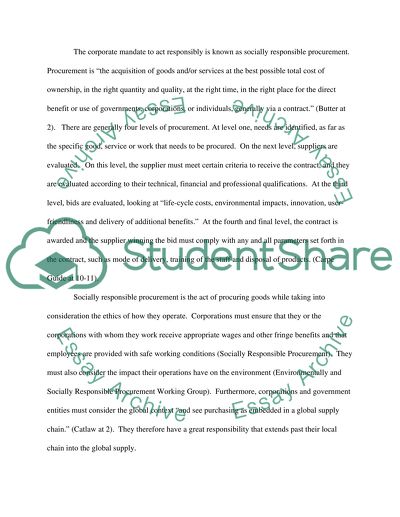Cite this document
(“The connection / link between CSR (Corporate Social Responsibility) Research Paper”, n.d.)
Retrieved from https://studentshare.org/family-consumer-science/1410258-the-connection-link-between-csr-corporate-social
Retrieved from https://studentshare.org/family-consumer-science/1410258-the-connection-link-between-csr-corporate-social
(The Connection / Link Between CSR (Corporate Social Responsibility) Research Paper)
https://studentshare.org/family-consumer-science/1410258-the-connection-link-between-csr-corporate-social.
https://studentshare.org/family-consumer-science/1410258-the-connection-link-between-csr-corporate-social.
“The Connection / Link Between CSR (Corporate Social Responsibility) Research Paper”, n.d. https://studentshare.org/family-consumer-science/1410258-the-connection-link-between-csr-corporate-social.


